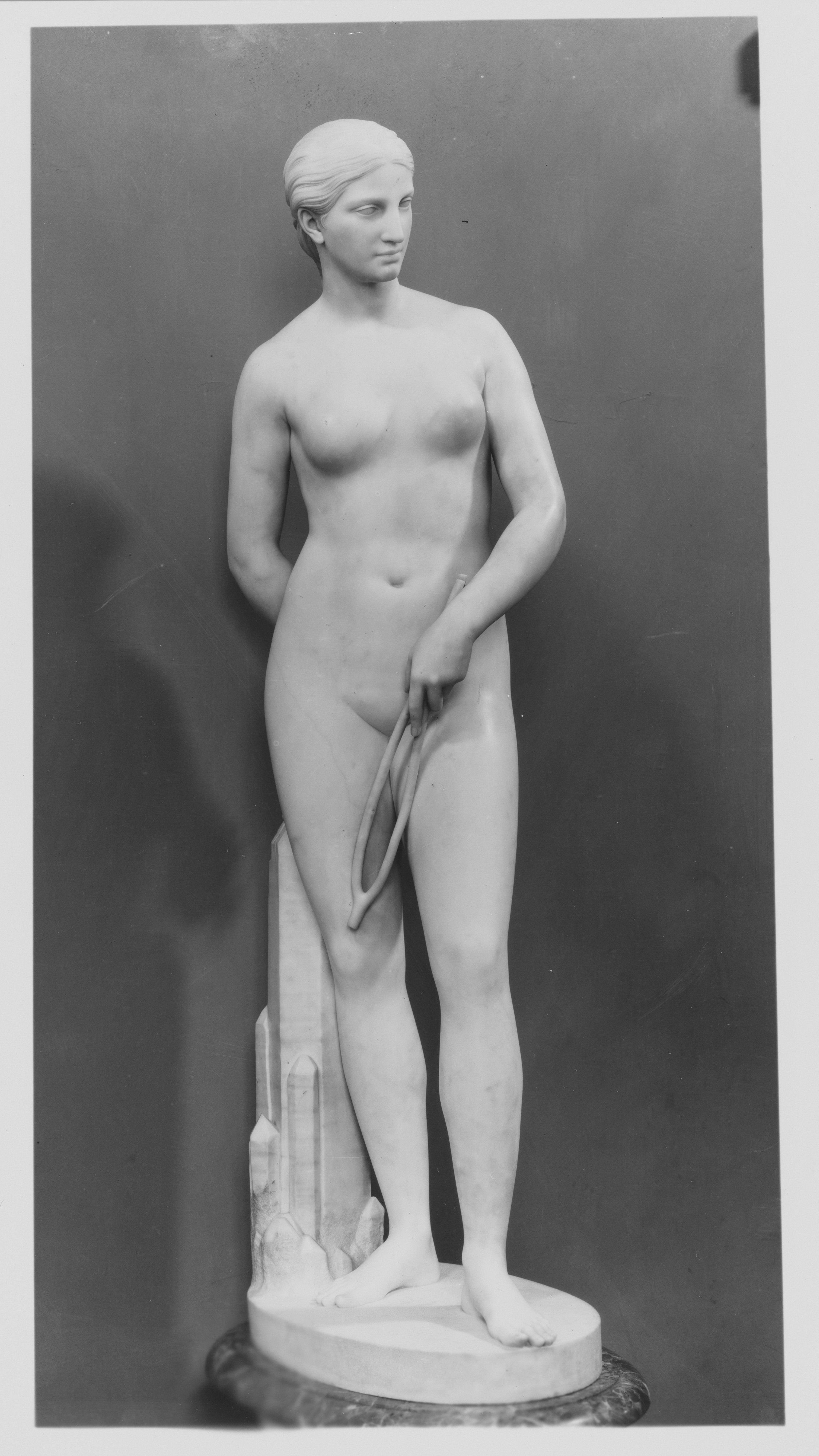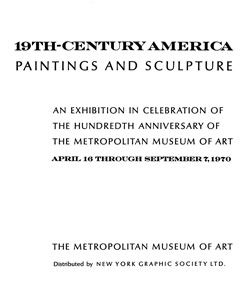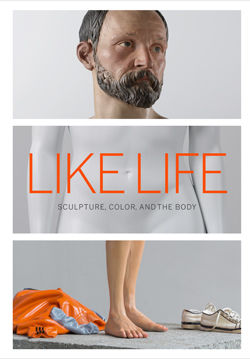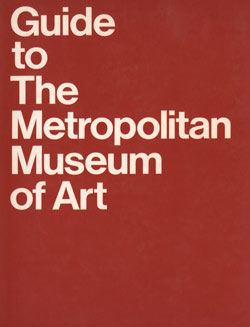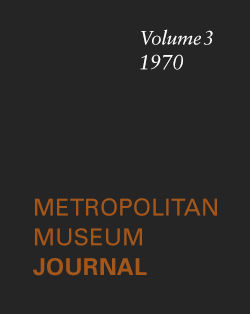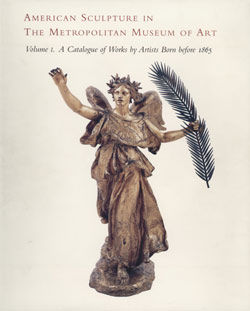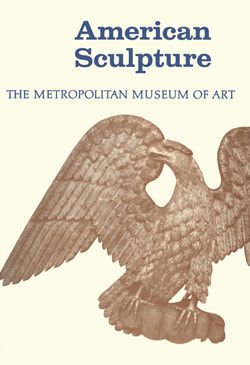California
Hiram Powers American
Allegories of places—from cities to continents—were popular artistic subjects during the nineteenth century. The California Gold Rush, which began in 1848, inspired Powers to model this figure. In her left hand, she holds a divining rod, or miner’s wand, which partially shields her nudity and carries the eye around the sculpture, pointing to the faceted crystals of quartz in which gold deposits were often found. In her right hand, behind her back, is a branch covered with thorns. Powers intended the symbolism to reflect good (the divining rod) versus evil (the thorns), with the additional moral message that all that glitters is not gold. "California" was the first sculpture by an American artist to enter the Metropolitan’s collection.
#4341. California
Due to rights restrictions, this image cannot be enlarged, viewed at full screen, or downloaded.
This artwork is meant to be viewed from right to left. Scroll left to view more.


